Nepal Something for Everyone

Since I arrived in Nepal in early 2021, I've had the opportunity to travel to over 30 districts. For both work and pleasure, I’ve been to places such as Pokhara, Chitwan, Solukhumbu, Rara Lake and Lo-manthang.Though Nepal’s tourist services and facilities may vary, its attractions are world class. I don't think tourists come to Nepal for a 'vanilla' experience. They're here for the country’s magic, majestic beauty, vibrant colors and gentle chaos. Nepal offers a diverse range of experiences, from magnificent mountains to cultural sites and modern attractions. It has something for everyone, including hiking, meditation retreats, wildlife safaris, and unique cultural practices. In my opinion, no other country provides such a wide variety of offerings for visitors.
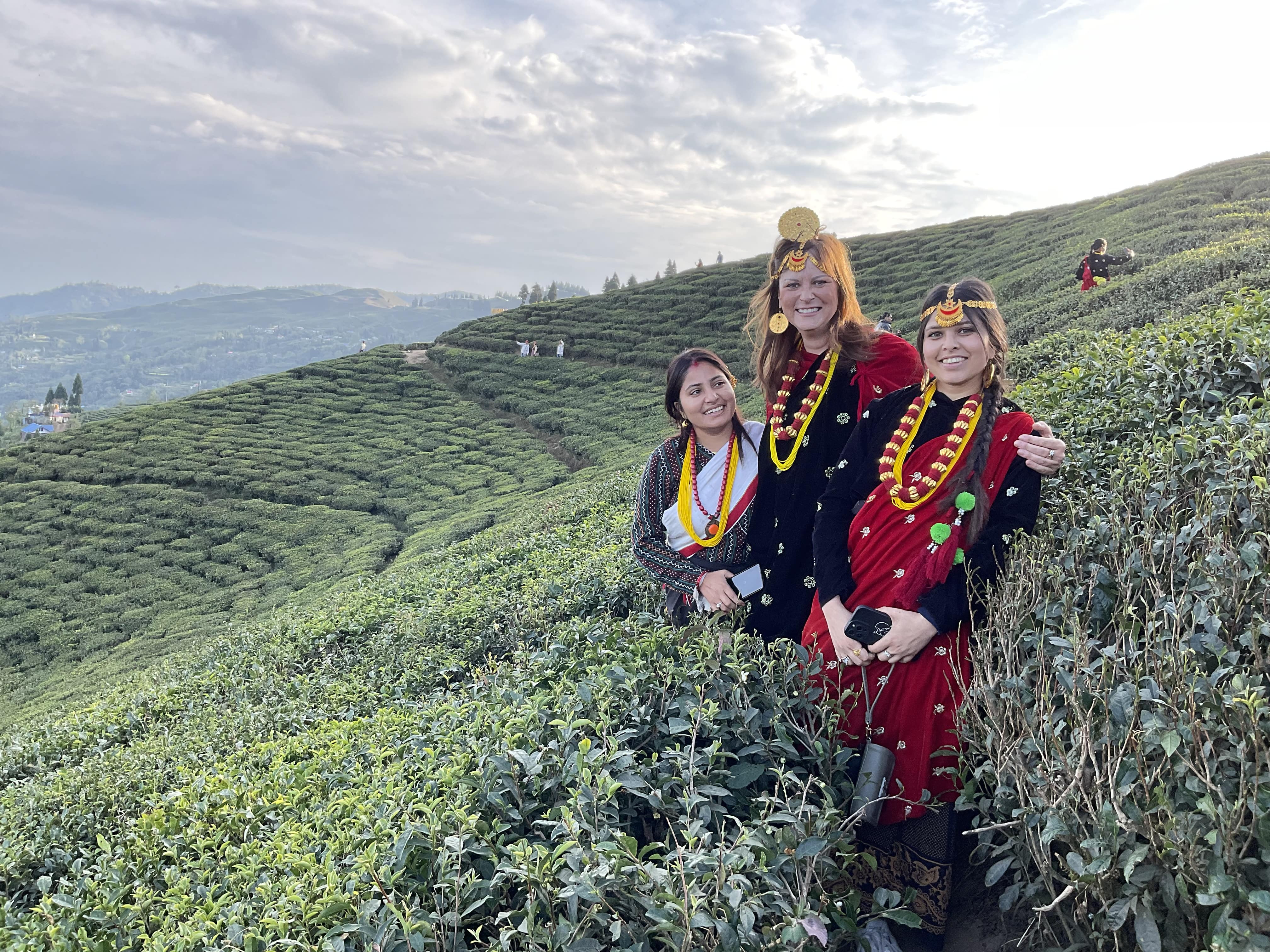
Nepal – Then and Now
I first visited Nepal in 1986 when I was a university student, and I immediately fell in love with the country and its people. I returned to Nepal three more times before taking up my diplomatic post in 2021. After five visits spanning almost forty years and, most recently, three years as a resident of Nepal, I come back to three key reflections on travel in Nepal. First, Nepal's extraordinary diversity is evident in its people and landscapes, with over 140 ethnicities and 120 languages spoken across its mountains, hills, and plains. Additionally, the country's remarkable biodiversity, from the elusive snow leopard to the red panda and the iconic Royal Bengal tiger, adds to its allure as a captivating travel destination that rewards repeated visits. My second reflection is that even though Nepal is a place of infinite diversity, in one key respect it is uniform, and that’s in the world-renowned hospitality and kindness of Nepalis. As Nepalis say, and indeed live, ‘Atithi devo bhawa’, which means ‘Guest is God’. My third reflection centers on Nepal's perpetual evolution, even while it holds reverently to its past. In Kathmandu, the juxtaposition of ancient rituals and modern buzz is striking—from morning offerings at temples to mischievous monkeys in bustling streets, to vibrant nightlife. It's a living museum, where tradition and modernity coexist harmoniously.
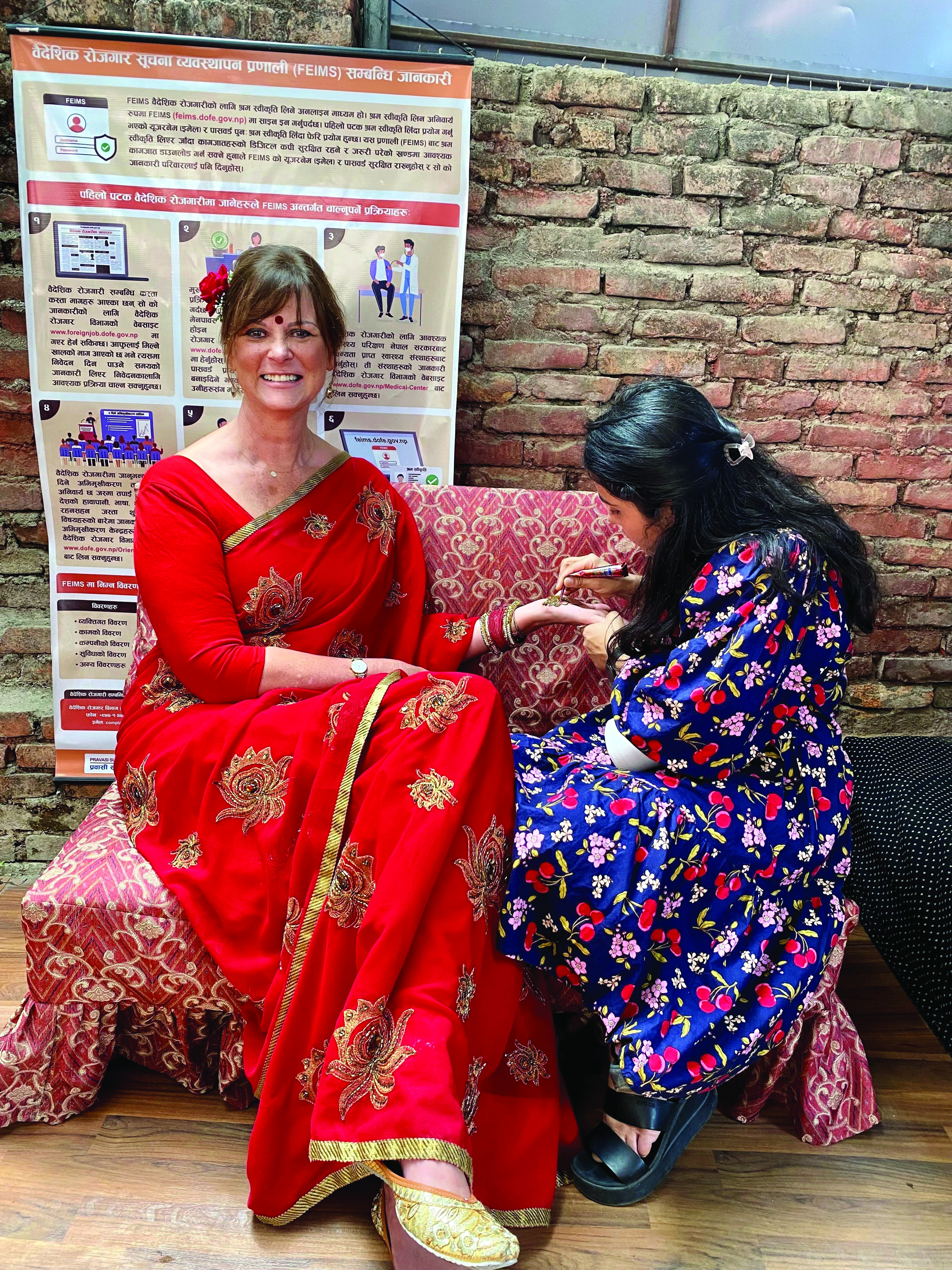 Endless Exploration: A Journey Worth Repeating
Endless Exploration: A Journey Worth Repeating
Nepal boasts an abundance of remarkable destinations, each offering a unique experience tied to the changing seasons. From rhododendron forests in the mountains during spring to winter sunsets over the Rapti River in the terai, the country's landscapes are breathtaking. As a mountain lover, I'm particularly drawn to remote wilderness areas like Lo-manthang and Solukhumbu, with their ancient monasteries, meditation caves, and legendary tales. During an upcoming trip to Sudurpaschim (far-west) province to visit Australian development projects focused on health and education initiatives, I’ll unfortunately miss visiting Khaptad National Park; its another reason to return to Nepal in the future.
You may also read: Spiritual Khaptad
Nepal's Culinary Delights: A Fusion of Cultural and Regional Flavors
Nepal offers a rich culinary experience with diverse dishes reflecting its cultural and regional diversity. Renowned chefs like Prashanta Khanal and Santosh Shah have showcased the country's flavors. While traveling, I make sure to enjoy in local delicacies, from thukpa in Lo-Manthang to dhal bhat thakari in Jomsom, bhakka in Ilam, and Mithila thali in Janakpur. In Tikapur, banana momos, and in Kagbeni, apple crumble cake using fresh-picked local apples, are must-tries. Kwati, a hearty soup, is a favorite comfort food in Kathmandu, especially when prepared by food author Rohini (Dolly) Rana, while Juju Dhau (yoghurt) from Bhaktapur is an irresistible treat for any meal.
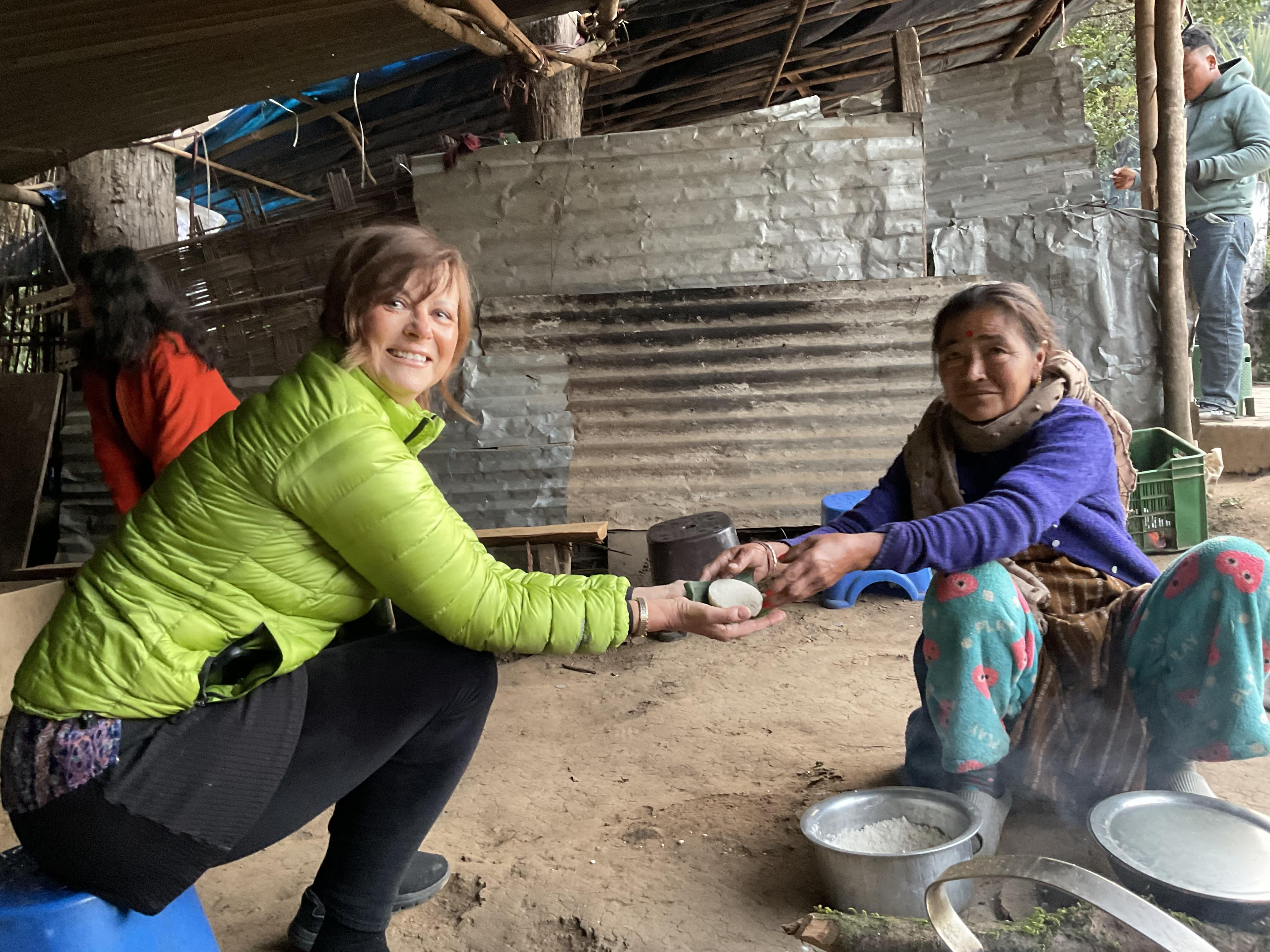 Immersing in Nepal's Festivities and Jatra
Immersing in Nepal's Festivities and Jatra
Living in Kathmandu has given me the opportunity to enjoy many of Nepal's major festivals, although I've missed out on numerous others due to the sheer plethora of celebrations across the country's various ethnic groups. Thanks to the guidance of heritage conservationist Rabindra Puri, I've had the privilege of experiencing the rich cycle of jatra in Bhaktapur. Witnessing the Nava Durga dancing through medieval alleys and observing the vibrant festivities of Bisket Jatra from the vantage of a biman jhaaya window has been unforgettable. Tibetan Losar is a special celebration of a profound spiritual culture where I feel privileged to have joined celebrations organised by the Tibetan communities in Jawalakhel. Tihar, the festival of lights, also means a lot to me both for the beauty of Laxmi Puja evening and because I have been warmly welcomed into family celebrations of Mha Puja (the worship of self).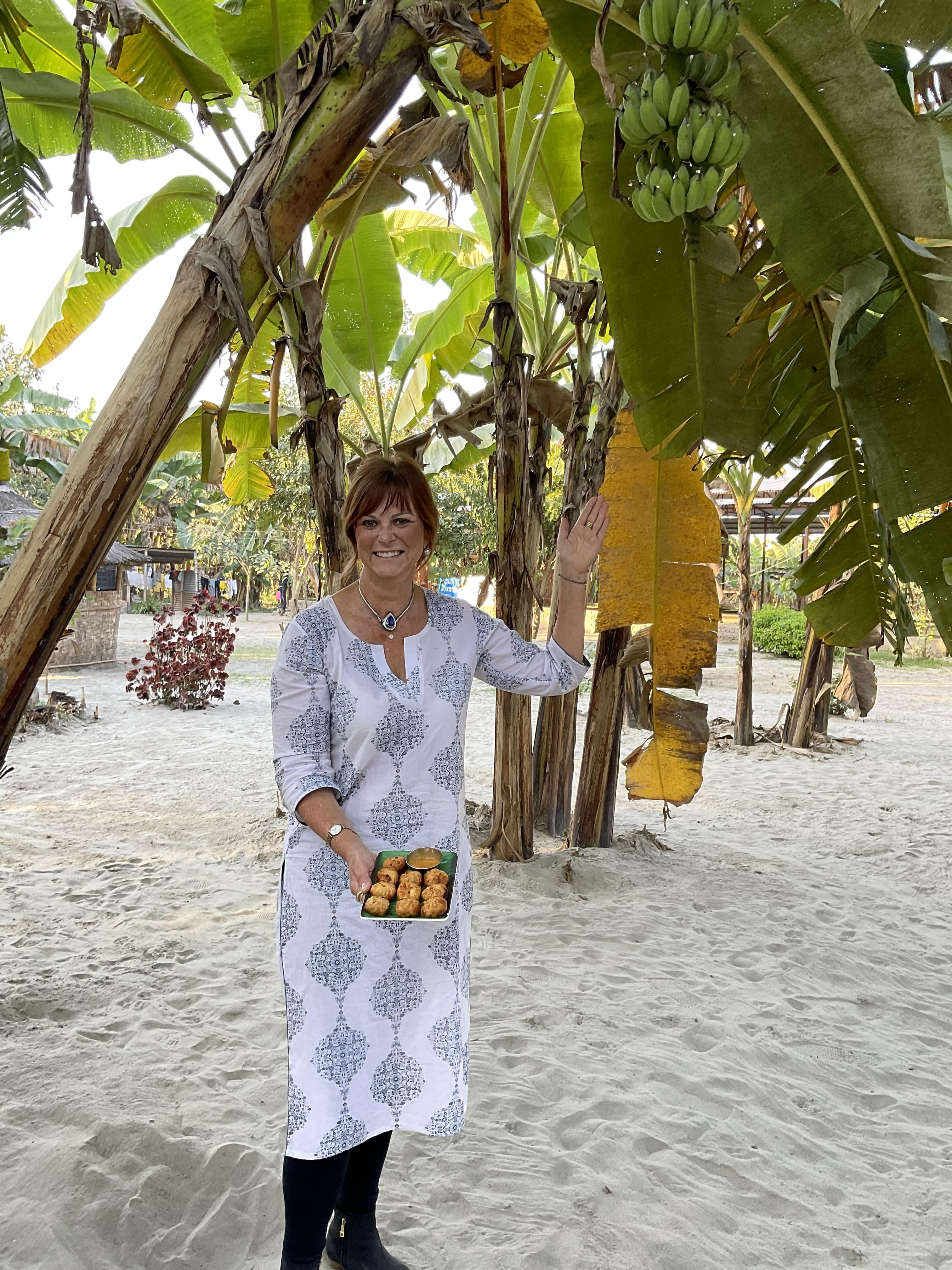
Beyond Mountains: Nepal's Diverse Tourism Treasures
Nepal's tourism appeal extends far beyond its towering mountains like Sagarmatha (Mt. Everest) and treks through the Annapurna region. It encompasses diverse offerings such as the sanctity of Lumbini, birthplace of Buddha, the serene tea estates of Ilam, and the wildlife-rich grasslands of Bardiya. There is the sophistication of Kathmandu's dining and entertainment scene, along with rejuvenating meditation and Ayurvedic spa retreats. From singing bowl therapy to classical music concerts at Pashupatinath temple complex, Nepal offers a myriad of spiritual and cultural experiences. With a vision to diversify its tourism appeal, Nepal aims to position itself as a destination for food, wellness, and spiritual tourism, as well as a global conference hub. This strategic shift could alleviate pressure on the fragile mountain environment while creating new avenues for employment and commerce nationwide.
Around 39,000 Australians visited Nepal last year, many of whom bypass Kathmandu for the mountains, missing out on the city's richness. To fully appreciate Nepal, I’d recommend spending at least a week in the Kathmandu Valley, exploring its festivals, cultural sites, and engaging with local communities. Activities like participating in ancient festivals, circumambulating Boudhanath Stupa, and touring UNESCO World Heritage Sites offer endless opportunities for exploration and cultural immersion.
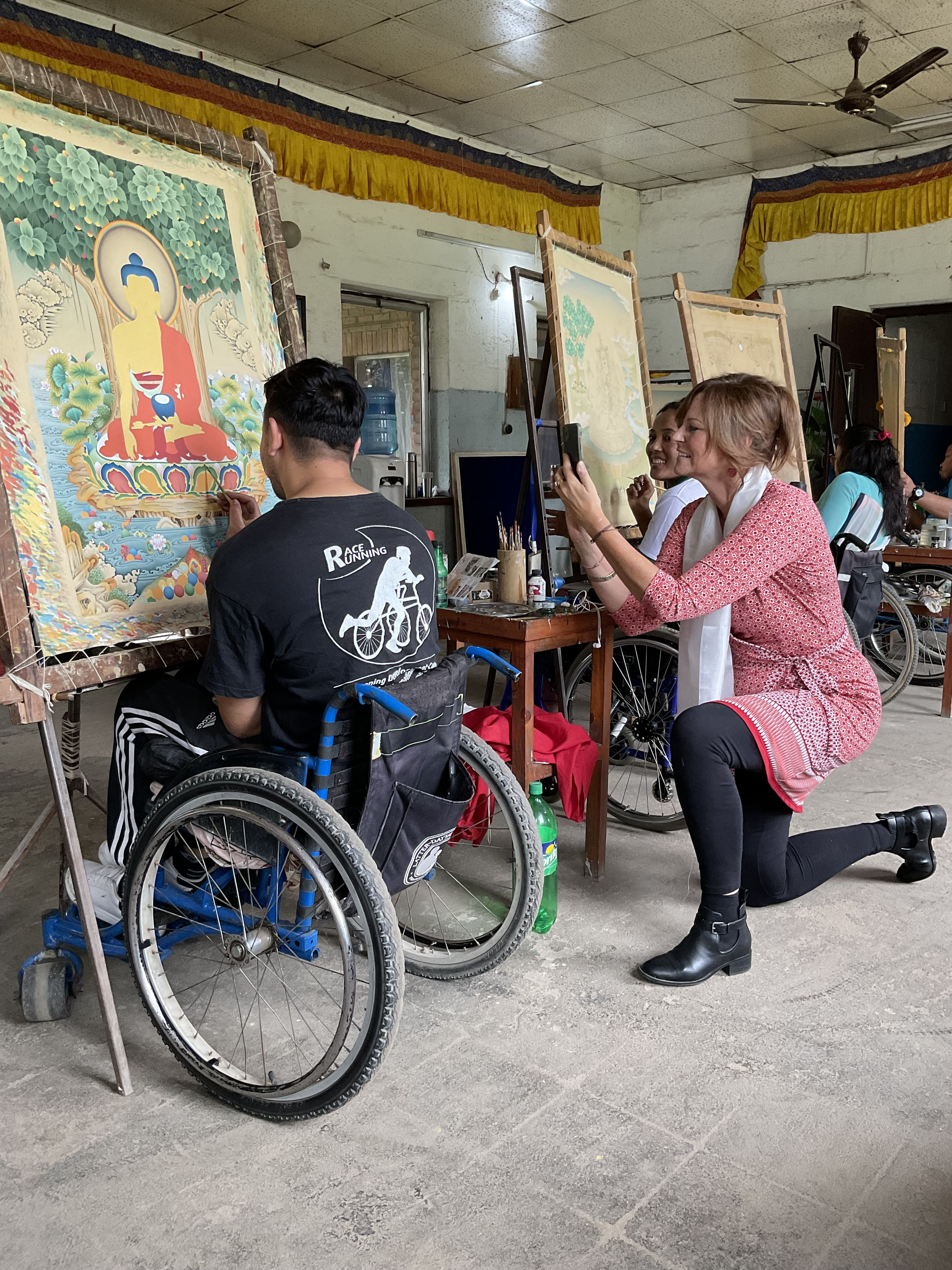 Nepal faces a significant challenge in protecting its environment amidst its popularity as a premier trekking destination. Both the government and private sector are implementing policies to manage trekking and adventure tourism responsibly. It is essential for visitors to recognize their role in preserving Nepal's natural heritage by being respectful, avoiding littering, and leaving no trace of their visit behind. The mountains and rivers of Nepal hold deep spiritual significance for local communities and provide vital resources for millions downstream. As steward of the Himalayan range, Nepal plays a crucial role globally. So, the mantra of "leave nothing behind" in environmental terms translates to "leave no one behind" in terms of development.
Nepal faces a significant challenge in protecting its environment amidst its popularity as a premier trekking destination. Both the government and private sector are implementing policies to manage trekking and adventure tourism responsibly. It is essential for visitors to recognize their role in preserving Nepal's natural heritage by being respectful, avoiding littering, and leaving no trace of their visit behind. The mountains and rivers of Nepal hold deep spiritual significance for local communities and provide vital resources for millions downstream. As steward of the Himalayan range, Nepal plays a crucial role globally. So, the mantra of "leave nothing behind" in environmental terms translates to "leave no one behind" in terms of development.
Fostering Friendship Through Diplomacy and Cultural Exchange
The relationship between Nepal and Australia can be described by significant numbers, including 64 years of diplomatic ties, over 151,000 Nepali residents in Australia, a rapidly growing Nepali migrant community, more than 62,000 Nepali students in Australia, and Nepali being the third most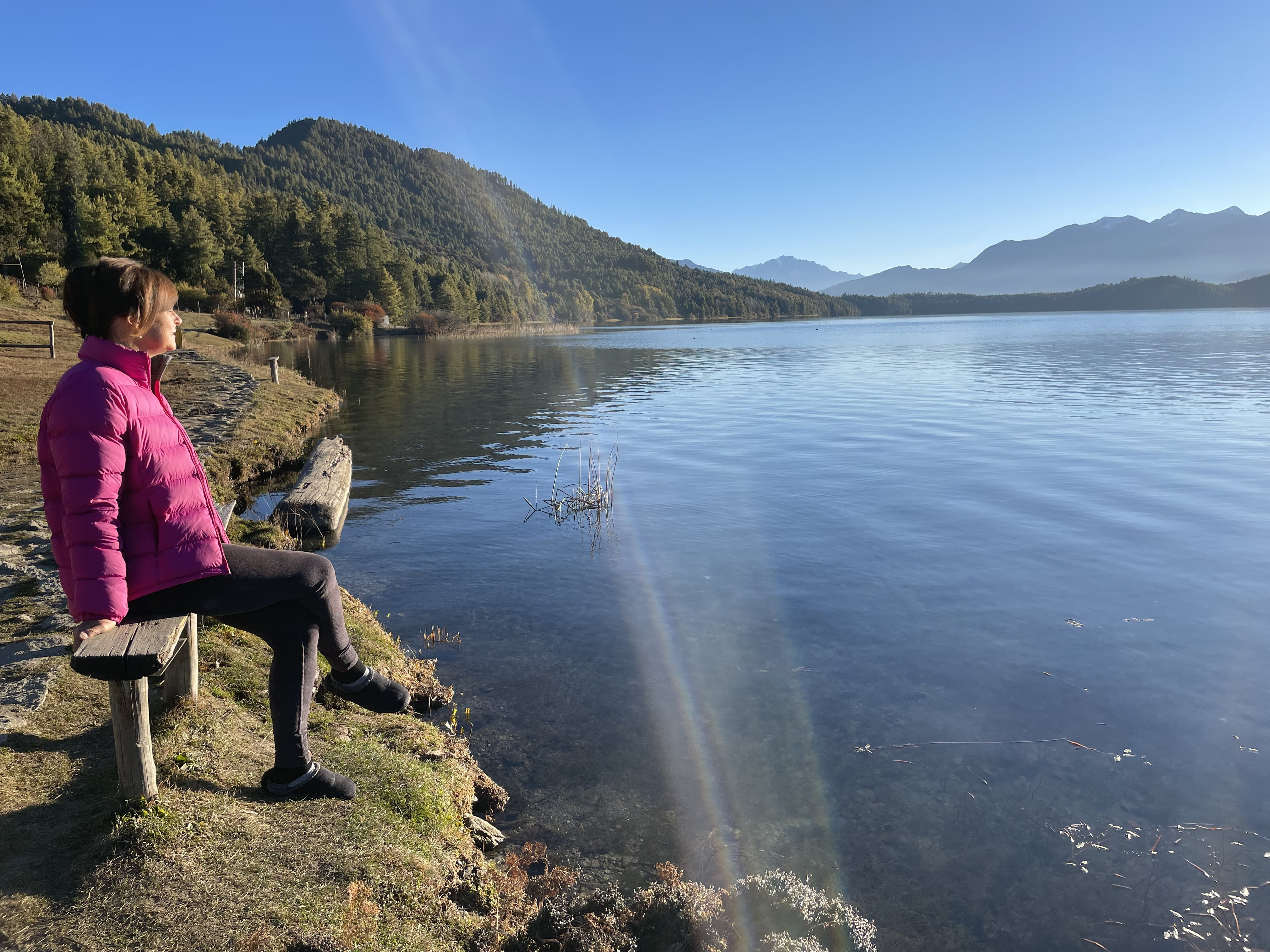 spoken language in Australia’s capital, Canberra. Beyond statistics, the quality of friendship between the two countries is noteworthy, demonstrated by ministerial visits, the signing of a Trade and Investment Framework Arrangement, and flourishing cultural exchanges. Despite stark differences such as geography and altitude, both nations share ancient and diverse cultures. And both are committed to fostering inclusive societies grounded in participatory democracy.
spoken language in Australia’s capital, Canberra. Beyond statistics, the quality of friendship between the two countries is noteworthy, demonstrated by ministerial visits, the signing of a Trade and Investment Framework Arrangement, and flourishing cultural exchanges. Despite stark differences such as geography and altitude, both nations share ancient and diverse cultures. And both are committed to fostering inclusive societies grounded in participatory democracy.
